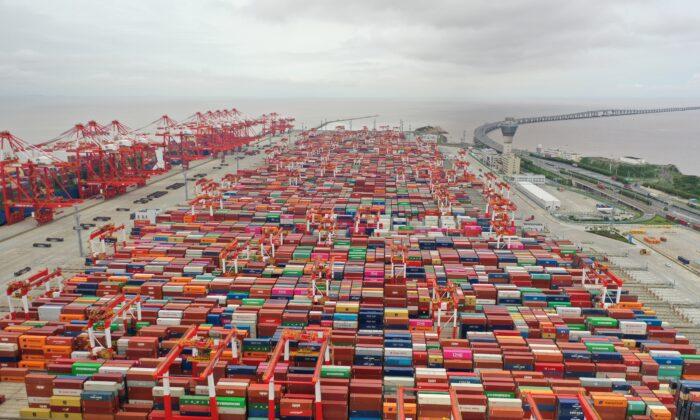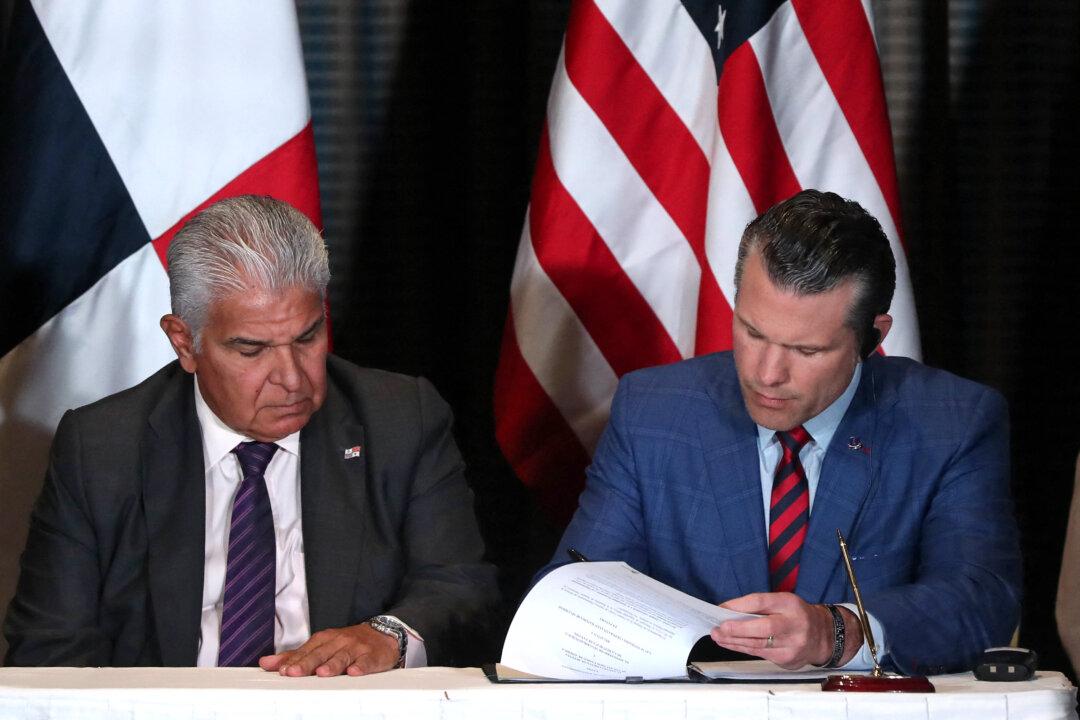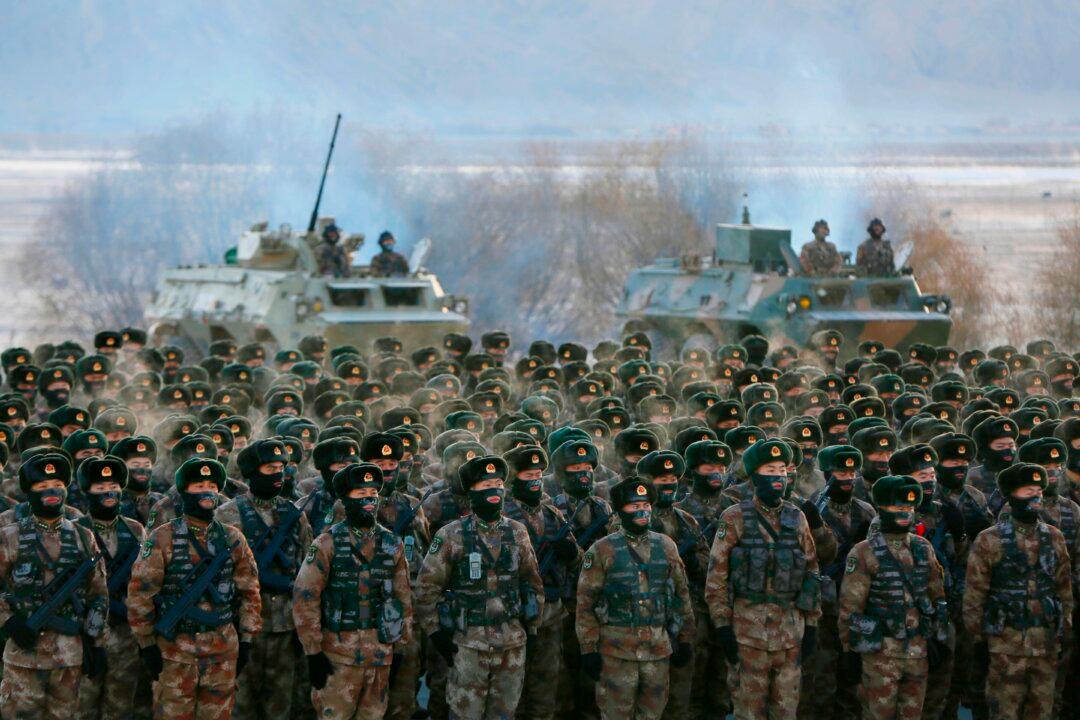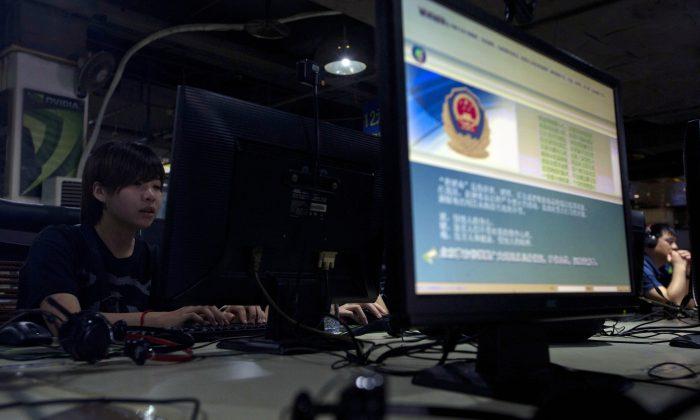Decoupling from China has a history that extends back to the Cold War, but has renewed and is gathering speed. It most recently restarted in the U.S. technology sector, and is now moving to the world’s most important economies in Europe and Asia. The mainstream media is ablaze with what a year ago was seen as a crank idea, and what Beijing propagandists attempt to denigrate as “Cold War thinking.”
But in May, the Financial Times quoted Michael Shoebridge at the Australian Strategic Policy Institute (ASPI) saying, “Decoupling is real and growing. China and US decoupling has now been joined by EU-China decoupling, and we’re facing a common strategic challenge of Russia and China that unifies European actors with Indo-Pacific actors.”
Shoebridge predicts that decoupling will broaden to the energy sector, and advised businesses to ensure that their supply chains are diverted from hostile to friendly powers.
Companies are taking his advice, and that of the Biden administration, which calls it “friend-shoring.”
The Trump administration identified weaknesses in the NTIB and attempted to strengthen America’s industrial base through tariffs on China. According to Alex Gray, former National Security Council Chief of Staff, “The Trump Administration understood the strategic and defense industrial implications of dependence on foreign sources like China and Russia for critical components and materials.”
“The weaknesses of that industrial base, many of which were revealed under President Trump’s Executive Order 13806 (assessing the health of the U.S. defense industrial base), require an aggressive response from Washington that leverages the strengths of our allies and partners,” Gray wrote in an email.
“Tools like the National Technology Industrial Base are useful for filling industrial base gaps, while also serving as a burden-sharing mechanism in the effort by the U.S. and its allies to address Great Power revisionists like China and Russia.”
Following on Trump’s tariffs, the Biden administration is in effect proposing a voluntary, and sometimes legislated, expansion of the NTIB to a broader range of commercial goods. The bipartisan trade pressure over multiple administrations is internationalizing, and shows no sign of decreasing.
Demand-Side Decoupling
Decoupling is the severing of economic links to a country, but necessarily involves replacing them with other resilient links. In addition to friend-shoring, it can include “on-shoring” or “near-shoring,” in which production is brought closer to the intended consumers.Two recent laws illustrate the demand- and supply-sides of the decoupling process for computer chips, also known as semiconductors.

Xinjiang previously produced 40 percent of the world’s polysilicon (used in chip and solar panel production), 20 percent of cotton, and 20 percent of calcium carbide (used to make acetylene gas).
Supply-Side Decoupling
The second part of decoupling is its supply side. Without finding alternative supplies, decoupling would be extraordinarily painful and politically difficult.On July 28, the U.S. Congress passed the Chips and Science Act of 2022, which will pump $52.7 billion into the building of U.S. computer chip factories, called “fabs,” as well as domestic semiconductor innovation.
In addition to being too little, too late, the bill has insufficient protections against China stealing or otherwise benefitting from the spending. But it is a start, and those protections can be put in place later. They better be.
Leveraged Global Decoupling
The United States is also encouraging decoupling from China with its Indo Pacific Economic Framework for Prosperity (IPEF). Unlike the Trans-Pacific Partnership (TPP), IPEF is a trade forum rather than a formal free trade agreement.IPEF is a “paradigm shift” according to Robert D. Atkinson, who wrote about it in Foreign Policy in early July, because it seeks to use access to the U.S. economy as leverage with third countries against China, rather than as a given.

But unlike the TPP, the United States is not granting easy access to its economy without regard to the elephant in the room. Rather, IPEF is a negotiating forum that, in addition to TPP requirements like improved labor and environmental regulations, will be used to help encourage, among third countries, the economic isolation and weakening of Beijing, until the Chinese Communist Party (CCP) improves its human rights practices and stops threatening the territory and maritime exclusive economic zones (EEZ) of its neighbors.
The same Washington strategy of leveraging access to American markets can be used against Moscow and other particularly aggressive dictators. Threats of secondary sanctions against countries that violate sanctions on Russia, Iran, and North Korea are examples.
China has been the hardest of the rogue nations to decouple from because of its massive economy (about 10 times bigger than Russia’s) and deep integration into the global supply chains.
But international moves to decouple from China are thankfully accelerating, and will increase demand for American and allied jobs, innovation, technology development, and the diversity and resilience of our industrial ecosystems.
U.S. and allied economies will grow, as will the government revenues needed to fund our military defense against Beijing. And, decoupling will weaken and deter Beijing from aggression against countries like Japan, Taiwan, and the Philippines, and slow the CCP’s attempts to globalize their illiberality.





